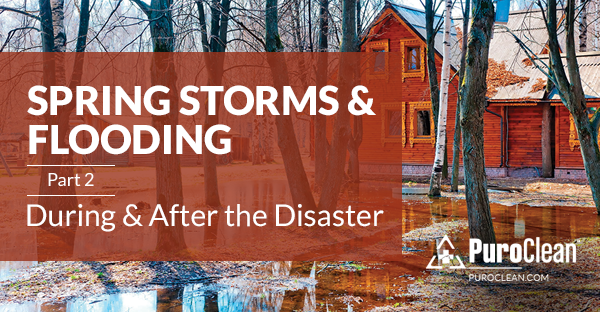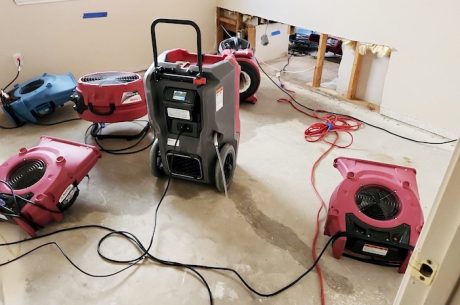
Navigating through the challenges posed by spring storms and floods requires a multifaceted approach that encompasses both preparedness and proactive response. These natural disasters can strike suddenly and with tremendous force, leaving behind a trail of destruction and disruption. Here’s an expanded and more comprehensive guide to help you effectively handle the impact of spring storms:
How To Effectively Handle The Impact of Spring Storms:
1. Preparedness and Safety Measures:
- Stay informed about weather forecasts and warnings issued by meteorological agencies.
- Develop a comprehensive emergency plan for your household, including designated shelter areas and evacuation routes.
- Ensure that your emergency kit is well-stocked with essentials such as non-perishable food, water, first-aid supplies, flashlights, batteries, and important documents.
- Conduct regular maintenance checks on your property to identify and address any vulnerabilities that could exacerbate storm damage.
2. Immediate Actions During a Storm:
- When a storm strikes, prioritize personal safety by staying indoors and away from windows.
- Seek shelter in a basement or an interior room on the lowest level of your home, preferably one without windows.
- Avoid using electrical appliances and landline phones during thunderstorms to reduce the risk of electrocution.
3. Dealing with Floodwaters:
- Exercise extreme caution around flooded areas and swiftly moving water, as they can pose significant hazards such as drowning and contamination.
- Refrain from walking or driving through floodwaters, as even shallow depths can conceal dangerous debris and currents.
- If evacuation is necessary, follow the instructions of local authorities and evacuate to higher ground immediately.
4. Post-Storm Assessment and Recovery:
- Once the storm subsides, carefully assess your property for any damage or hazards, prioritizing safety at all times.
- Document any damage thoroughly by taking photographs and making detailed lists of affected areas and items.
- Contact your insurance provider to initiate the claims process as soon as possible, providing them with the necessary documentation and information.
- Be cautious when returning to your home or property, as hidden dangers such as structural damage and electrical hazards may be present.
5. Proper Remediation and Restoration:
- Address water damage promptly to prevent the onset of mold and other secondary issues.
- Dispose of contaminated materials, including carpets, upholstery, and other absorbent items, in accordance with local regulations.
- Seek professional assistance from reputable restoration companies like PuroClean of Coral Gables to conduct thorough remediation and restoration efforts.
- Follow recommended safety protocols when using utilities and appliances that may have been affected by the storm, and schedule inspections by qualified professionals if necessary.
6. Long-Term Preparedness and Mitigation:
- Implement measures to mitigate future storm damage, such as installing storm shutters, reinforcing roofing and windows, and improving drainage systems.
- Stay informed about community resources and support services available for disaster recovery, including financial assistance and counseling.
- Engage in community preparedness initiatives and participate in drills and exercises to enhance overall resilience to spring storms and floods.
By incorporating these comprehensive strategies into your disaster preparedness and response efforts, you can better protect yourself, your loved ones, and your property from the impacts of spring storms and floods. Remember that safety should always be your top priority, and don’t hesitate to seek professional assistance when needed.


